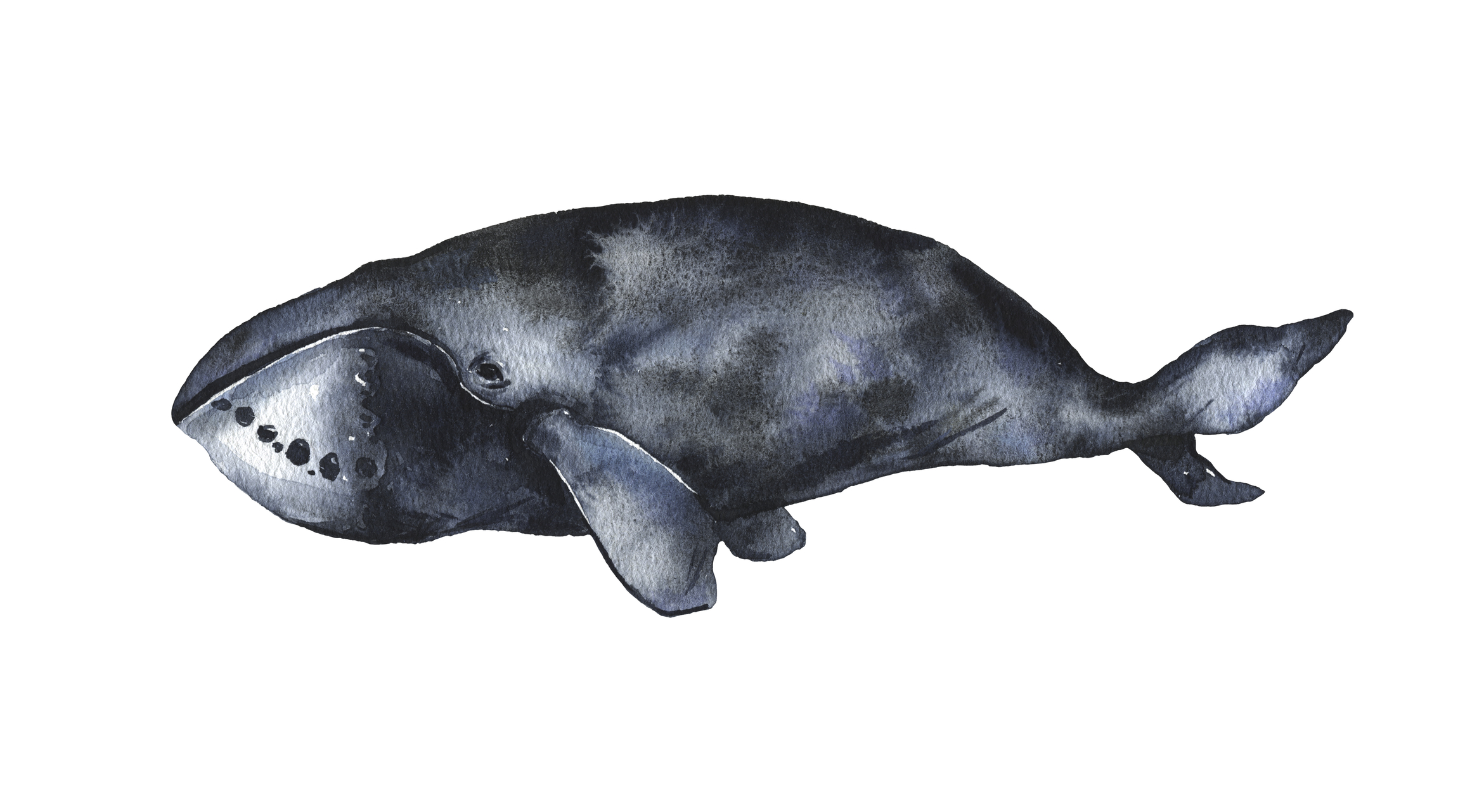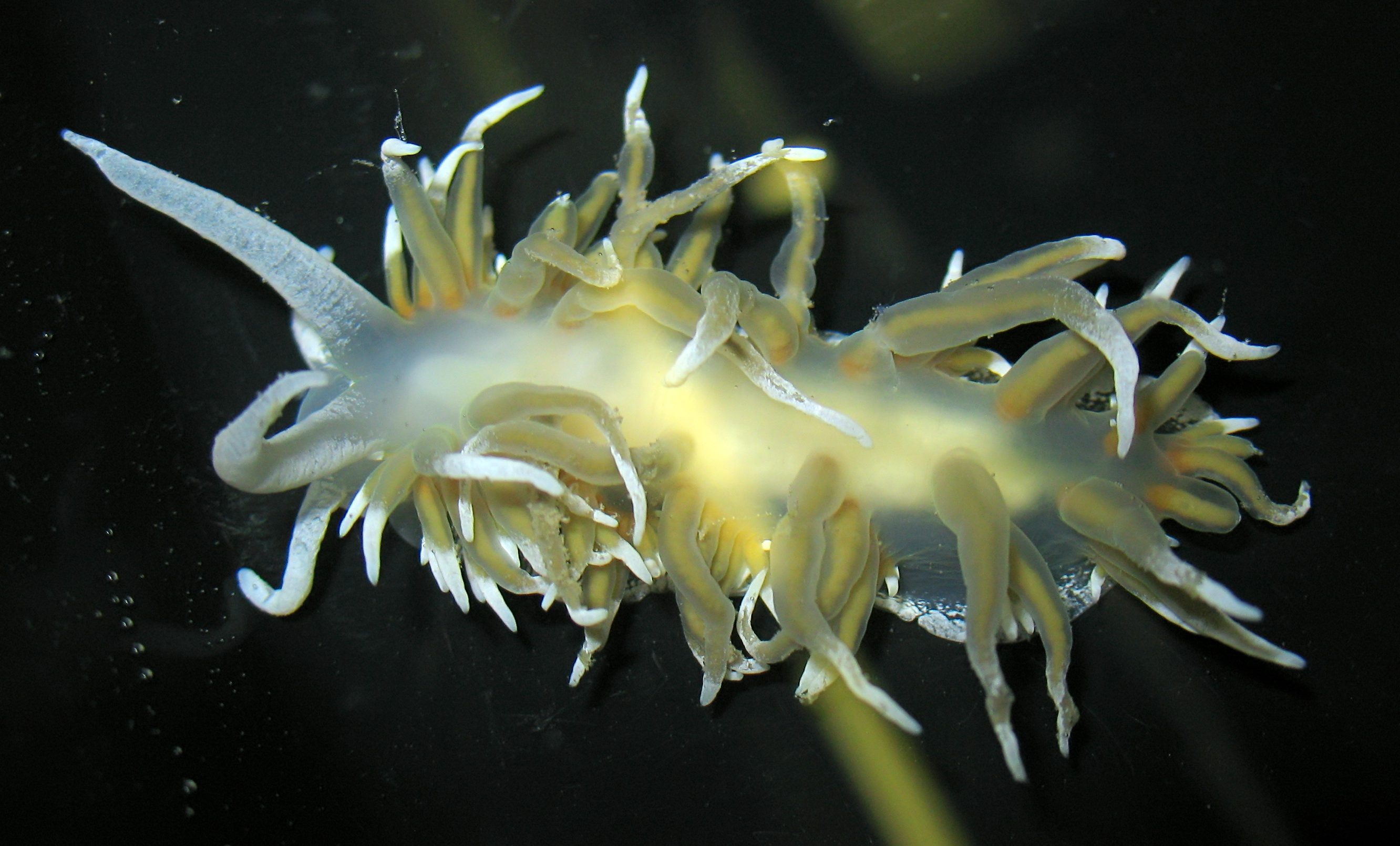An Astounding Countdown of the 18 Creatures Blessed with the Longest Lives on Earth
Welcome to an exciting exploration of the world's most long-lived creatures. This journey will take you through a countdown of the 18 species with the most impressive lifespans on Earth, providing an in-depth examination of the fascinating biology, ecosystems, and survival strategies of these remarkable animals. As we delve into the world of animal longevity, we will uncover the secrets of their prolonged existence, how they have adapted to their environments, and the scientific research being conducted to understand their incredible endurance. This exploration will not only intrigue and entertain, but also deepen your understanding of the natural world and its wonders.
The Red Sea Urchin

Starting our countdown at number 18, we have the Red Sea Urchin. This marine species, found in the chilly waters of the Pacific Ocean, has a lifespan that can stretch up to 200 years. The secret to their longevity lies in their ability to regenerate their tissues, which allows them to maintain a youthful physiology throughout their lives. Scientists are studying these fascinating creatures to understand how their regenerative abilities could potentially be applied to human medicine.
The Koi Fish

Next on our list, at number 17, is the Koi fish. Known for their vibrant colors and peaceful nature, Koi fish are a symbol of longevity in Japanese culture. The oldest recorded Koi, named Hanako, lived for an astounding 226 years. Koi fish's longevity is attributed to their slow growth rate and the favorable conditions in which they are often kept.
The Galapagos Giant Tortoise

At number 16, we have the Galapagos Giant Tortoise, famous for its slow pace and impressive lifespan. These tortoises can live well over 150 years, with the oldest recorded individual, Harriet, living to be 175. Their longevity is believed to be due to their slow metabolism and the relative lack of natural predators on the Galapagos Islands.
The Bowhead Whale

Entering the top 15, we encounter the Bowhead Whale. These Arctic dwellers can live for over 200 years, making them the longest-lived mammal on Earth. The secret to their longevity lies in their genes, which are equipped with anti-aging properties. Scientists are studying the Bowhead Whale to understand how these genes work, hoping to apply this knowledge to human health.
The African Elephant

At number 14, we have the African Elephant, the largest land animal on Earth. These majestic creatures can live up to 70 years in the wild, thanks to their robust size and strong social structures. The matriarchal societies they form help ensure the survival and longevity of each member.
The Tuatara

The Tuatara, a reptile native to New Zealand, takes the 13th spot. These ancient creatures, which have been around for over 200 million years, can live for more than 100 years. Their longevity is attributed to their slow metabolic rate and the fact that they continue to grow throughout their entire life.
The Greenland Shark

At number 12, we find the Greenland Shark. This elusive creature is the longest-lived vertebrate known, with a lifespan that can exceed 400 years. The cold Arctic waters they inhabit slow their growth and metabolic rates, contributing to their long lives.
The Macaw

The vibrant Macaw takes the 11th spot. These colorful parrots, native to Central and South America, can live up to 80 years in captivity. Their longevity is attributed to their slow maturation rate and the high level of care they receive from their human caregivers.
The Ocean Quahog

Breaking into the top 10, we have the Ocean Quahog. This clam species holds the record for the longest-lived animal with a known age, with one individual, named Ming, living to be 507 years old. The Ocean Quahog's longevity is attributed to its slow growth rate and the cold, stable environment in which it lives.
The Aldabra Giant Tortoise

At number 9, we find another tortoise species, the Aldabra Giant Tortoise. These creatures, native to the Aldabra Atoll in the Indian Ocean, can live for over 200 years. Their longevity is believed to be due to their slow metabolism and the relative lack of natural predators.
The Longfin Eel

The Longfin Eel, found in the rivers of New Zealand, takes the 8th spot. These creatures can live for over 100 years, with females outliving males. Their long lives are attributed to their slow growth rate and the fact that they only breed once, at the end of their lives.
The American Lobster

At number 7, we have the American Lobster. These crustaceans, found in the North Atlantic, can live for over 100 years. Their longevity is attributed to their ability to continually grow and regenerate lost body parts.
The Brandt's Bat

The Brandt's Bat, a small mammal found in Europe and Asia, takes the 6th spot. Despite its small size, this bat can live for over 40 years, making it one of the longest-lived mammals for its size. The Brandt's Bat's longevity is believed to be due to its ability to lower its metabolic rate and enter a state of torpor.
The Naked Mole Rat

Breaking into the top 5, we have the Naked Mole Rat. These small rodents, native to East Africa, can live for over 30 years, which is exceptional for a mammal of its size. The Naked Mole Rat's longevity is attributed to its low metabolic rate and its ability to resist cancer.
The Rougheye Rockfish

At number 4, we find the Rougheye Rockfish. This fish, found in the North Pacific, can live for over 200 years. Their longevity is attributed to their slow growth rate and the cold, deep waters they inhabit.
The Immortal Jellyfish

Taking the bronze medal at number 3, we have the Immortal Jellyfish. This creature has the unique ability to revert its cells back to their earliest form and grow anew, effectively making it immortal. However, they are still susceptible to disease and predation.
The Antarctic Sponge

At number 2, we find the Antarctic Sponge. These creatures, found in the cold waters of the Antarctic, can live for over 1,500 years. Their longevity is attributed to their extremely slow growth rate in the freezing waters.
As we conclude our countdown, it's clear that the secrets to longevity in the animal kingdom are as diverse as the creatures themselves. From the regenerative abilities of the Red Sea Urchin to the unique cell-reversing process of the Immortal Jellyfish, each of these animals offers a unique insight into the marvels of nature and the potential for scientific discovery. As we continue to explore and understand these incredible creatures, we may uncover the keys to longevity, improving not only our knowledge of the natural world but potentially our own lifespans as well.







